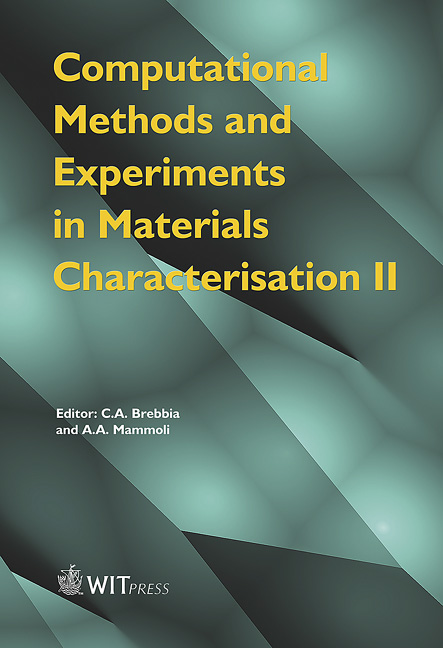High Temperature Properties And The Crack Susceptibility Of New Steel Grades For Automotive Purposes
Price
Free (open access)
Transaction
Volume
51
Pages
11
Published
2005
Size
630 kb
Paper DOI
10.2495/MC050161
Copyright
WIT Press
Author(s)
G. Gigacher, R. Pierer & C. Bernhard
Abstract
The use of new high-strength steels with good plasticity in automobiles offers a remarkable potential for improvements in the area of weight reduction with simultaneous improvement in crash-safety. For the steel industry, this trend to highly-alloyed, high-strength steels means a considerable potential for metallurgical research. Continuous casting in particular appears to be a big challenge for such steels. The focus of the investigations documented here are: high temperature properties, crack behavior, non-metallic inclusions and segregation effects in new lightweight steels with induced plasticity (LIP). It is possible to investigate these, especially the high-temperature properties and the crack susceptibility, using the SSCT (submerged split chill tensile) test. Preliminary results for these steels show higher crack sensitivity due to the micro-segregation behavior and non-metallic inclusions, which are crack initiators. In addition, the high-temperature strength of these new steel grades is significantly higher than that of common steel grades. For a better understanding of the experimental results, a numerical model of the SSCT test was used. Due to a lack of documented high-temperature properties of these new steel grades, e.g. elasto-plastic parameters, the comparison of experimental and computational results gives a first approximate indication of these important high-temperature parameters. Knowledge of the high-temperature mechanical properties and crack sensitivity provides an important basis for the development of industrial-scale production processes for these new steel grades using the continuous casting process. Keywords: high-temperature properties, non-metallic inclusions, LIP steels.
Keywords
high-temperature properties, non-metallic inclusions, LIP steels.





